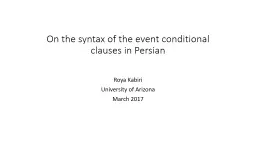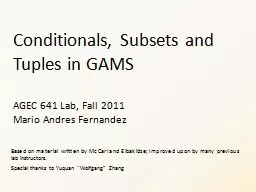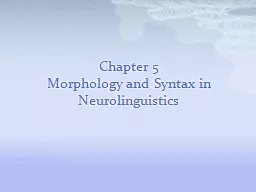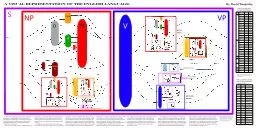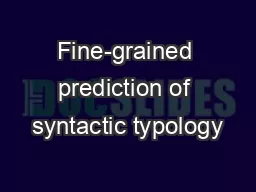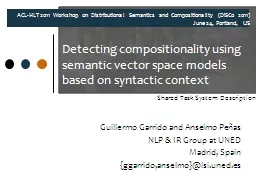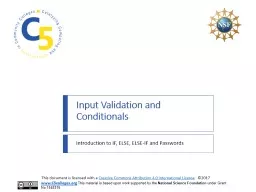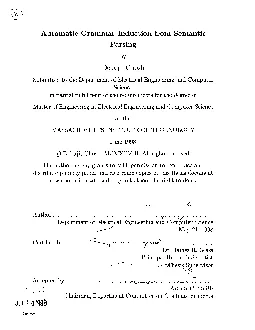PPT-A syntactic analysis of Conditionals
Author : myesha-ticknor | Published Date : 2017-10-31
in Persian Roya Kabiri Ali Darzi University of Arizona University of Tehran First North American Conference in Iranian Linguistics NACIL1 April 2830 2017 Outline
Presentation Embed Code
Download Presentation
Download Presentation The PPT/PDF document "A syntactic analysis of Conditionals" is the property of its rightful owner. Permission is granted to download and print the materials on this website for personal, non-commercial use only, and to display it on your personal computer provided you do not modify the materials and that you retain all copyright notices contained in the materials. By downloading content from our website, you accept the terms of this agreement.
A syntactic analysis of Conditionals: Transcript
Download Rules Of Document
"A syntactic analysis of Conditionals"The content belongs to its owner. You may download and print it for personal use, without modification, and keep all copyright notices. By downloading, you agree to these terms.
Related Documents

